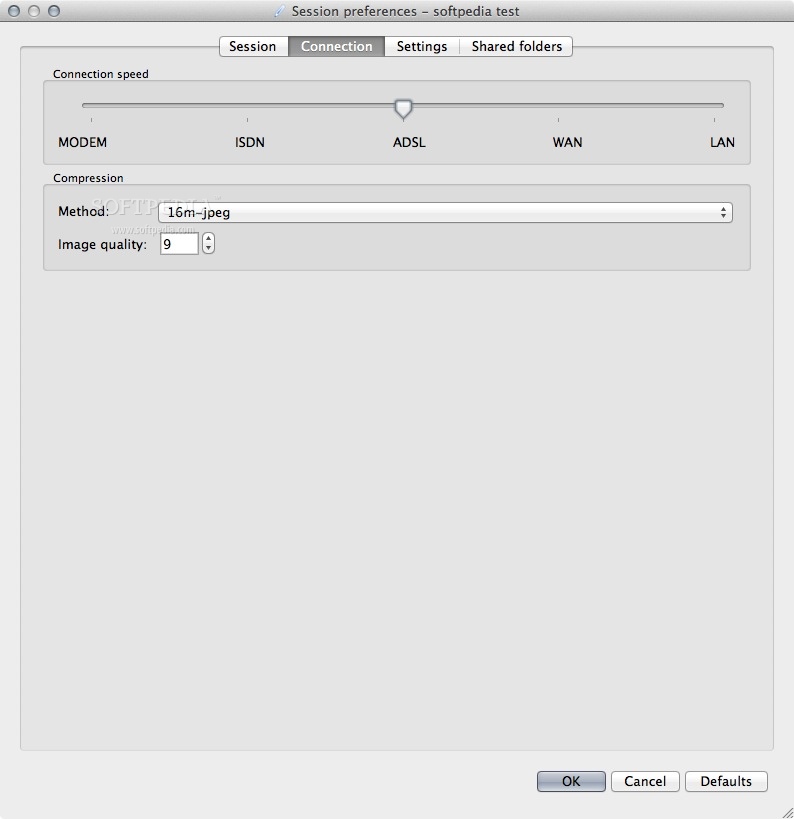

A multitude of additional, more granular permissions become available using ACLs, including: creating files, creating folders, deleting subfolders, and changing owner. ACL configurationĪdministrators simply drag accounts (users or groups) into the ACL section of the Permissions table (as opposed to the POSIX section of the Permissions table) using Server Admin. While a few additional permissions can be set using the command line, access control lists (ACL) prove a better, less cumbersome, and more scalable method of setting and modifying permissions, especially as ACLs better enable multiple groups to access resources with varying privileges. Because Mac OS X files and folders possess separate permissions for the owner, a group, and everyone (listed as Others within Server Admin), by default, POSIX permissions combinations prove limiting. When viewing and configuring permissions within Mac OS X’s Finder, only four permissions are available: Read & Write, Read only, Write only (Drop Box), and No Access.

Enterprise Mac administrators will find that simple POSIX permissions quickly prove incapable of supporting larger corporate organizations. Sorting out account permissions in Snow Leopard ServerĮrik Eckel explains some of the basic rules for configuring account permissions on a Snow Leopard Server network.Ĭonfiguring account permissions on a Mac OS X Snow Leopard server network isn’t straightforward.


 0 kommentar(er)
0 kommentar(er)
